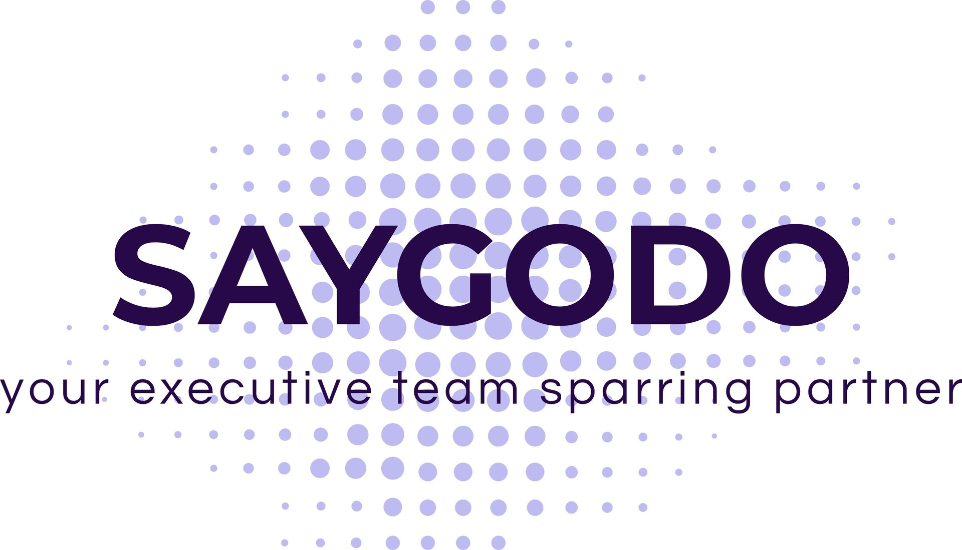

Listening, involvement,
pragmatism and agility.

The challenges of owners and leaders of SMEs and family businesses
| 1. Market share conquest | - Dependence on the leader's personal network for sales - Absence of proactive business strategy - Weak marketing / digital culture - Unstructured or absent sales force |
| 2. Improvement of margins | - Low visibility on profitability by client / product / service - Inefficient or outdated processes - Absence of performance indicators (KPI) - Unidentified waste (time, resources, inventory) |
| 3. Effective & Inspiring Leadership | - Ubiquitous boss, little delegation - Absence of a management committee or managerial intermediaries - Lack of clarity on roles / responsibilities - Difficulty in attracting or retaining talent |
| 4. Organization & governance | - Decisions concentrated on a single person - Informal or non-existent governance - Absence of strategic planning - Resistance to change, weight of family legacy |
The Executive Committee,
its impact and
the added value of SAYGODO®
The Executive Committee plays a central role in the management and development of a company. It sets objectives, establishes a business framework, deploys a strategy, supervises operations, allocates resources, and must anticipate, decide, inspire and motivate teams. The quality and effectiveness of the Executive Committee therefore have a major impact on the company's performance, as well as on the level of engagement and motivation of employees.
As a new Management Consulting provider in Belgium, SAYGODO® positions itself as a "sparring partner" for SMEs and family businesses' management teams. Its belief and obsession? To contribute to the sustainable/structural success of a company by maximizing the quality and efficiency of the work done by its management teams (Executive Committee, Leadership Team).
SAYGODO® relies on a team with extensive experience within Executive Committees and uses an innovative method that analyzes and structures the actions of a management team across 2 distinct yet highly complementary dimensions:
- The CONTENT dimension: the objectives, the strategy, the processes, and the resources defined and deployed.
- The DYNAMICS dimension: the way in which management teams gain the commitment and contribution of employees/teams.
A conviction
For a company to perform, and to perform sustainably, its management team must fully exercise its role on two dimensions:

CONTENT: act on 4 inseparable components of the company,
- its DNA (Mission, Vision, Values)
- its strategy
- its operations
- its governance
DYNAMICS: mobilize and motivate human resources according to a simple principle,
- SAY: to unequivocally state the objectives pursued
- GO: to generate the enthusiasm and energy of a coalition...
- DO: ... having the necessary means of action and decision

